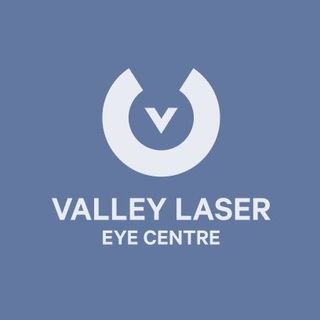Are you able to see distant objects clearly, like highway signs, while they appear clear as day when you’re near them? You’re probably nearsighted, which is generally easily treated with corrective eyeglasses or contacts. Nearsightedness is quite common, and there are several signs that can help identify it.
1. Squinting
Squinting is a common sign of nearsightedness, especially if you find yourself squinting when you’re trying to read the fine print in the newspaper or the computer screen. If you find yourself squinting a lot, it means that your eyes are trying to adjust to seeing clearly something that’s far away. This is a natural reaction for nearsighted people. Squinting is basically attempting to contract or squeeze the lens of the eye, which then appears blurry to you when it’s blurry, to begin with.
2. Tiring Eyes
Another sign of nearsightedness is a tired feeling in your eyes, especially when you’ve been looking at something too long or close. This tiredness is not typical tiredness but more of a “glassy” feeling. You might also feel lightheaded, nauseated or have a headache. This is because your eyes are too strained for your abilities.
The feeling of tired eyes is a sign that you’re using up a lot of energy to adjust the eye’s lens to see clearly the words on the page or screen. This is usually because the lens of your eye is too weak to focus on faraway objects.
3. Double Vision
If you’re suffering from nearsightedness, chances are that you’re also suffering from nearsighted double vision. This type of double vision can cause you to see multiple images of everything you look at. It’s like seeing two images overlaid on top of each other.
Double vision is a result of not being able to focus on the distance and close-up objects. The blurry vision that you experience is due to the nearsighted double vision. This just means that your eyes are too weak to focus at a distance and when you look closer.
4. Headaches
Headaches may come and go, but if you’re suffering from nearsightedness, you’re probably experiencing a headache on a regular basis. This is because a weak eye lens is unable to focus on distant objects. The closer they are to you, the more it attempts to focus, causing a strain on your eyes.
Headaches are further evidence that the eyes are strained, too stressed and too fatigued to keep up. This happens especially if you’re looking at something for an extended period of time. The feeling of a headache can be caused by the misalignment of the eye muscles, which will then cause the eyes to tire out.
5. Poor Depth Perception
The inability to understand depth and distances is another sign of nearsightedness. This is a problem because you’ll have a difficult time with sports or other activities that require your depth perception.
You might have difficulty judging distances, which can cause you to trip or fall. You might also have difficulty with driving and with activities that may put you in danger. Nearsighted people are also at risk of bumping into things around them, which can cause a lot of pain and suffering.
Conclusion
If you’ve experienced any of these signs, it may be time to get your eyes checked. Failing to do so can cause further damage to your vision, which can then lead to more serious complications. Getting your eyes checked regularly will ensure that you are always in good health and that your eyes are the best that they can be.
Don’t let symptoms of nearsightedness go unnoticed for a long time. Have your eyes tested as soon as possible at Valley Laser Eye Centre. We are a vision correction centre located in Abbotsford, BC, offering services designed to help restore your visual acuity with the help of our specialists. Dr. John F. Blaylock and his team of specialists are here to help you resolve your eye and vision issues. Book an appointment at our Abbotsford laser eye centre today!
Disclaimer: This blog post does not replace medical advice and should not be implemented prior to consulting a fully certified medical professional.





